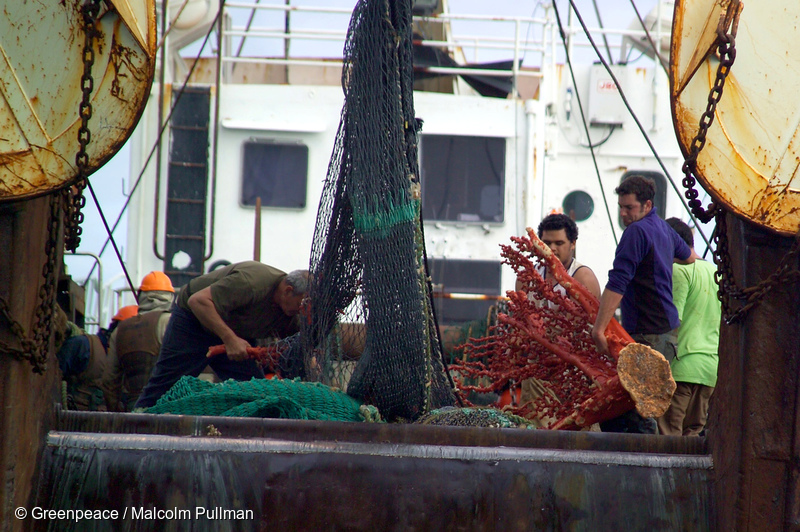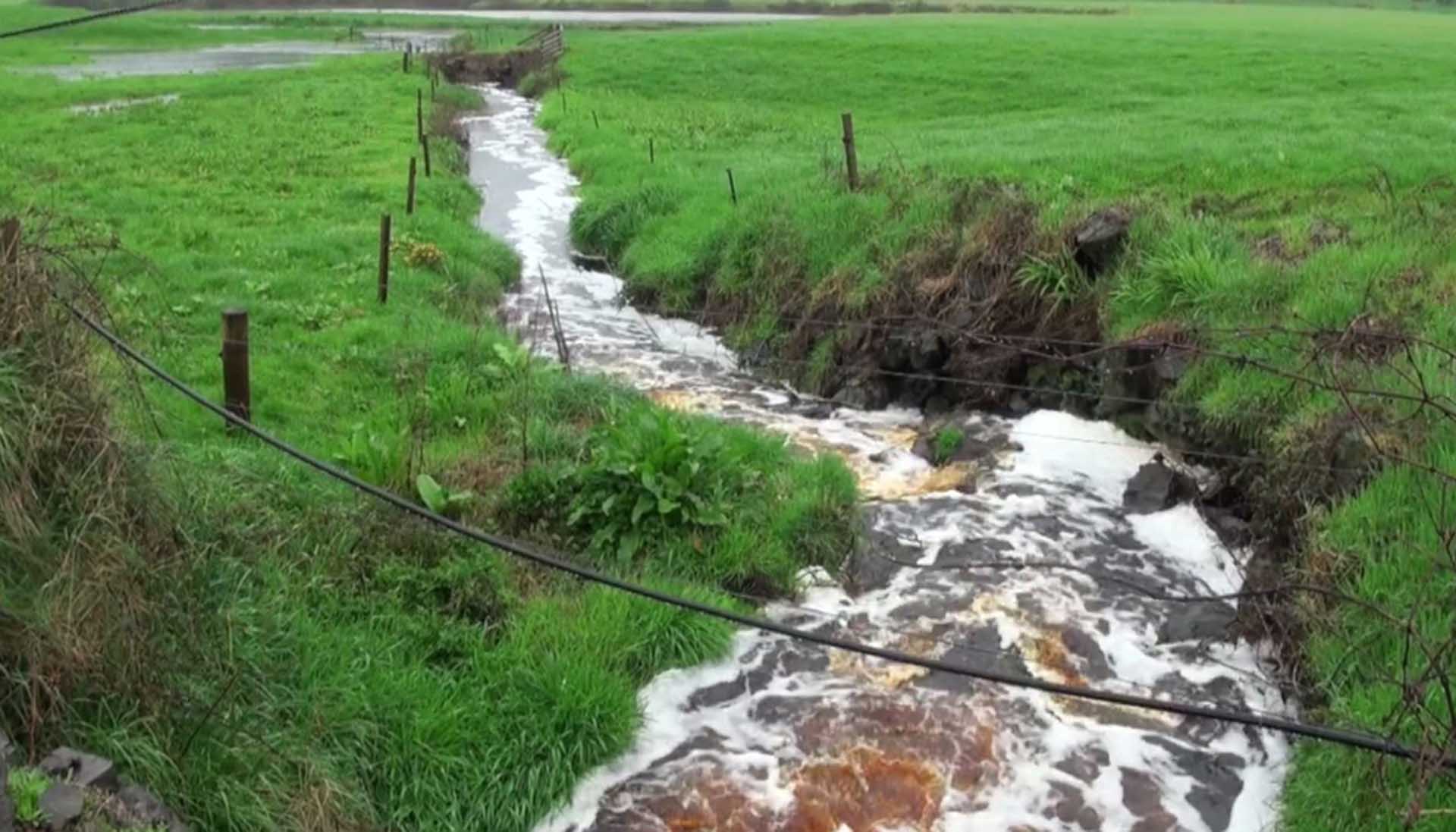New Zealand’s key environmental legislation, the Resource Management Act, is being replaced by the Natural and Built Environments Bill, which is one of three new laws being crafted to replace the Resource Management Act, commonly called the RMA. The others are the Strategic Planning Act and the Climate Change Adaptation Act.
Covering land use and environmental regulation, the proposed Natural and Built Environments Act (NBA) is the primary piece of replacement legislation for the RMA. It will be our core environmental law for the future and so it’s essential that it be bold, forward looking, ambitious and, above all, must have a thriving natural world at its heart.
Here is Greenpeace campaigner Steve Abel and lawyer Duncan Currie presenting the Greenpeace submission to the Environment Committee on the Natural and Built Environments Bill.
Greenpeace Aotearoa Oral Submission to the Environment Committee on the Natural and Built Environments Bill Parliamentary Paper
Greenpeace submission
Steve Abel
I am Steve Abel, senior campaigner at Greenpeace Aotearoa with over 20 years experience, and with me is Duncan Currie, an environmental and international lawyer with nearly 40 years experience.
Greenpeace supports removal of the wording “the principles of” so that the clear intent is to honour and uphold Te Tiriti O Waitangi.
We are in a twin existential crisis of climate change and biodiversity loss – and unless our core environmental legislation recognises that by giving the environment precedence, it will not enable the transformation necessary for us to avoid the “untold human suffering” warned of by 11,000 climate scientists.
We need to fundamentally change what we are doing. The current draft, while well intended, is hampered by an underlying assumption that we can keep on our current path of growth and environmental disruption based on human-centered priorities that deny our human dependence on nature. We cannot.
The climate change and biodiversity crises are uncomparable in human history. We must confront them fully in their cold scientific reality, not with our ongoing fantasy of human domination. We need to adopt a truly ecocentric, not an anthropocentric basis.
I was born in 1970. In my lifetime 60 percent of all animals with a backbone and 80% of freshwater fauna were wiped out by human activity. Wild animals make up only 4% of the world’s mammals, the other 96% is us and our livestock. Because of synthetic nitrogen fertiliser we have exceeded the global nitrogen limit. The pattern is repeated locally – due to intensive dairying, we see our rivers suffer from abstraction and pollution and declines in our freshwater species, and now contamination of drinking water with carcinogenic nitrates. Urban growth is reducing fertile land and biodiversity. Our oceans are littered with plastics and continue to be overfished and have rare deep-water habitats bottom trawled out of existence and, if seabed miners have their way, also mined. Climate change and biodiversity loss threaten the integrity of the natural world on which all humans depend. But humans are not the problem – our growth, consumerist, exploitative form of culture is the problem.

While we recognise that pre-industrial global temperatures were the ideal, and aim to limit global heating to within 1.5 degrees of those temperatures, – we forget that it was industrialism itself that caused the problem.
That is still what is causing the problem. We must move to a nature-centred and regenerative form of human society if we are to ensure the wellbeing of present and future generations of all species.
For all these reasons, our core environmental law must be bold, forward looking, ambitious and, above all, must have a thriving natural world at its heart.
At the same time, accessible public participation must be mainstreamed into all aspects of the Bill.
I will now pass to Duncan.
Duncan Currie
Tēnā koutou Madam Chair, members of the Committee.
At the outset I would like to say that I watched Forest and Bird’s submission and am pleased that I think we are on the same page, while avoiding repetition of the same points.
To achieve the goals Steve has outlined, it is essential that all aspects of the proposed RMA reform process be addressed: the proposed Climate Adaptation Act (CAA), Strategic Planning Act (SPA) and the Natural and Built Environments Act (NBA) should therefore be addressed together to ensure that climate considerations are mainstreamed in the legislation. Otherwise, climate change risks falling between the cracks.
We saw the problems with this piecemeal approach with the section 104E on exclusion of climate change from consideration by local authorities – there were two Supreme Court decisions on it and it was finally repealed last year, as part of the RMA Amendment Act 2020, separately to the Climate Change Response (Zero Carbon) Amendment Act 2019.
We believe that climate change deserves more than this piecemeal approach.
The Purpose: Clause 5
Related to the first key message that Steve emphasised, our key message here is on the purpose of the Act. The current purposes in Clause 5 are confused and set Te Oranga o te Taiao (a) against a proposed concurrent (and tending to be anthropocentric) purpose (b) of people and communities to use the environment in a way that supports the well-being of present generations without compromising the wellbeing of future generations – without providing a way of reconciling conflicts between the two purposes.
In the second purpose in Clause 5, the term “use” is too often a synonym for exploitation of the environment and “well-being” a synonym for continuation of our consumerist growth economic model. The term ‘sustainable’ is not even used in clause 5 in the Draft. We contrast this with the current RMA purpose in S 5 being “to promote the sustainable management of natural and physical resources.”
The second limb of this purpose, if the Bill remains in this form, should reflect the transformational approach that is necessary for future generations to face the current and impending threats to Aotearoa and the planet.
Already we are awaiting a Supreme Court decision on a very analogous question of the relationship of two paragraphs in the object of the Exclusive Economic Zone and Continental Shelf (Environmental effects) Act 2012. And it took 23 years until the Supreme Court ruled on King Salmon on environmental bottom line matters.
I will address the environmental limits approach below.
Public Participation: Clause 18
Our next key message is on public participation. Public participation must be streamlined in the Act. Currently it is almost an afterthought in Clause 18(c) and is heavily qualified. (“ensure appropriate public participation in processes undertaken under this Act, to the extent that is important to good governance and proportionate to the significance of the matters at issue.”)
Instead, we submit that public participation should reflect the three ‘pillars’ of the Aarhus Convention on Access to Information, Public Participation in Decision-Making and Access to Justice in Environmental Matters. These three pillars – access to information, public participation in decision-making and access to justice – should be mainstreamed in the Act. For a start, it should be in the purpose of the Act, and these core principles for example in a new clause to follow Clause 7, immediately following the Te Tiriti o Waitangi clause.
The remainder of our submission is on 3 specific aspects.
Firstly: Environmental limits: Clause 7
The implementation of environmental limits in Clause 7 is deeply flawed. It invites a ‘race to the bottom’, rather than an aim of ecological integrity, and raises the question of cumulative impacts. The concept of “maximum harm or stress” (Clause 7(3)(b)) is flawed instead of using minimum harm as a paradigm.
Secondly, cumulative impacts is only included in implementation principles as a matter to which particular regard must be had. It should be included as a central consideration in all considerations of environmental outcomes and all assessments. It should also be defined, to make it clear that it includes all impacts including all anthropogenic as well as natural cumulative effects and includes climate change and ocean acidification.
National Outcomes: Clause 8
We submit that the national outcomes in Clause 8 are essentially a laundry list without hierarchy or prioritisation. They need to be reworked considerably. For example, clause (n) the protection and sustainable use of the marine environment is somewhat buried and should instead be prioritized. Climate change is the last item and does not expressly call for mitigation. Nor is the protection of biodiversity, particularly indigenous biodiversity, emphasised.
Definitions: Clause 3
Finally, on definitions:
No priority is given to indigenous species or habitat, including in the definition of ‘ecological integrity’ in Clause 3 or in its inclusion in Clause 8.
“Mitigate” currently includes compensation and offsets. It should not.
“Natural environment”: this definition needs to be carefully considered. Biodiversity is not included, for instance. It should not be defined in terms of “resources” but rather ecological integrity.

Sign on now to call on the New Zealand Govt to ban chemical nitrogen fertiliser.
Take Action



